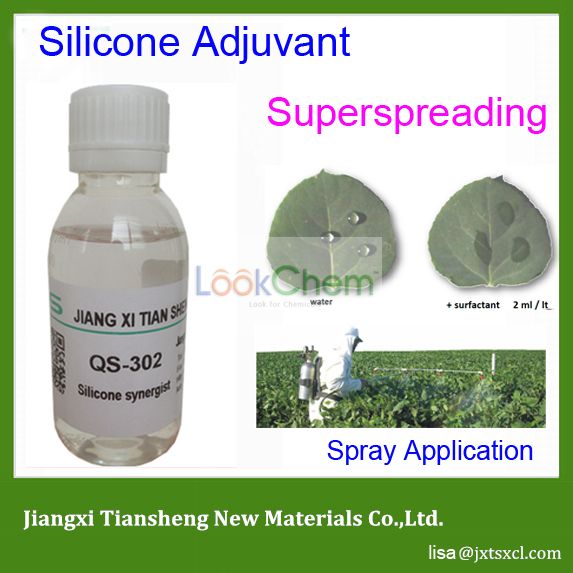

Our data, from both monomeric and micellar solutions, indicate that the two phase structures formed are largely pathway-independent, with dimensions influenced by both pH and mixed surfactant composition.

We characterize the size, shape, and interactions of micelles, which elongate approaching the boundary, leading to the formation of disk-like aggregates within the biphasic region, coexisting with micelles and monomers.
The precipitate phase boundary was accessed by lowering pH to 8, from its floating pH 9.5 value, and was experimentally approached from the monomeric and micellar regions in three ways: at fixed DDAO or SDS concentrations and at a fixed (70:30) SDS:DDAO molar ratio. We examine the solution structures in a mixed surfactant system of sodium dodecyl sulfate (SDS) and N,N-dimethyldodecylamine N-oxide (DDAO) in water, on both sides of the two-phase boundary, employing dynamic light scattering, small-angle neutron scattering, and Fourier transform infrared spectroscopy. The present chapter highlights the toxicity instigated by chemical surfactants and proposes the employment of biosurfactants as potential alternate to chemical surfactants for eco-friendly management of agroecosystems and in bioremediation of agricultural environments. They enhance the solubility of toxic and residual pesticides therefore can make them available for biodegradation to other microbial systems. In addition to it, their potential and established role as agents of bioremediation can improve the health of soil systems. Their inherent low CMC values can prove to be an auspicious tool for reducing the dose of agrochemicals as they can produce similar toxicity at lower levels. They can potentially replace the chemical surfactants in the agrochemical formulations. Microbially synthesized surfactants called as biosurfactants are tension-active compounds which offer numerous advantages such as low toxicity, improved biodegradability and ecological acceptability and can prove to be potential alternate for chemically synthesized surfactants. Furthermore, the surfactants ultimately end up in the water resources where they not only contaminate the water but the foaming instigated by chemical surfactants leads to the creation of hypoxic environments which puts a negative effect on the aquatic life. The persistence of chemical surfactants in the agroecosystems is highly toxic toward the lower forms of life.

Adding more to the concern, the employment of chemical surfactants in developing the agrochemical formulations not only causes a noticeable upsurge in their toxicity but the chemical nature of surfactant also lays a negative impact on the sustainable management of the environment. Their entry into the food chain has also affected the health of higher forms of life. Although, the introduction of agrochemicals significantly upsurged the agricultural production but the explicit usage of these agrochemicals has significantly deteriorated the health of agroecosystems owing to their recalcitrant nature and longer persistence in the environment. The quest to increase the agricultural production for fulfilling the food demands of perpetually increasing population has led to the explicit usage of numerous agrochemicals. The current agricultural practices are facing a major challenge of stagnant crop yield.


 0 kommentar(er)
0 kommentar(er)
